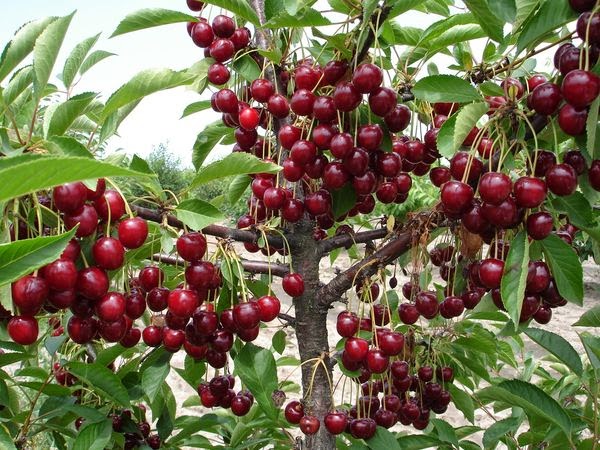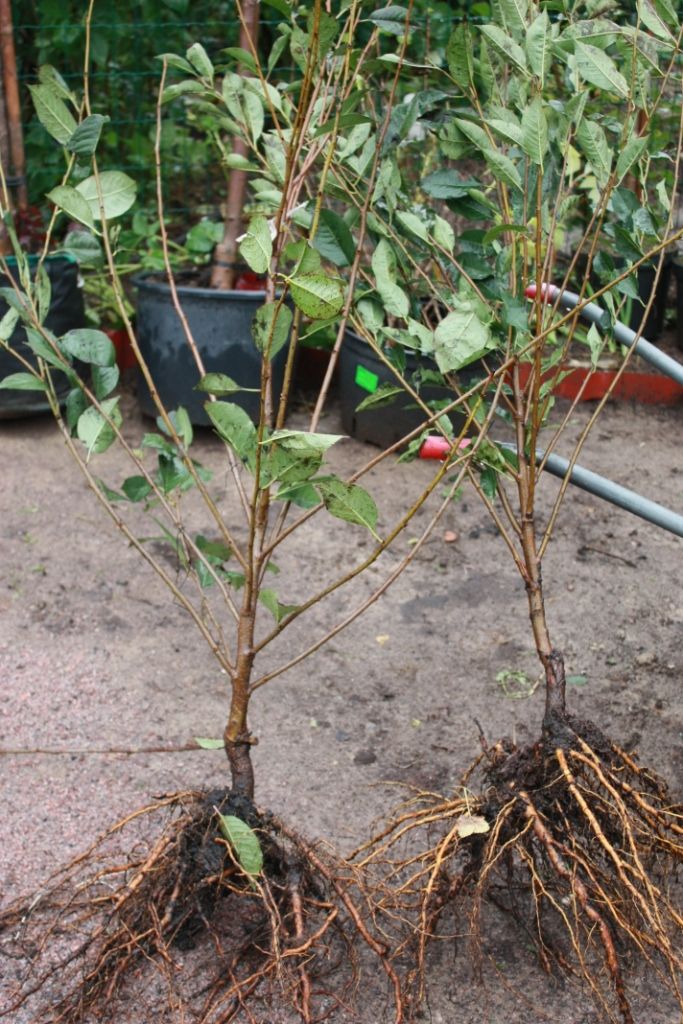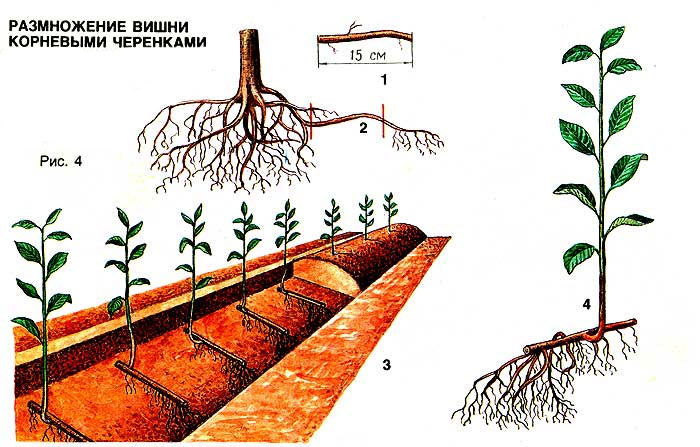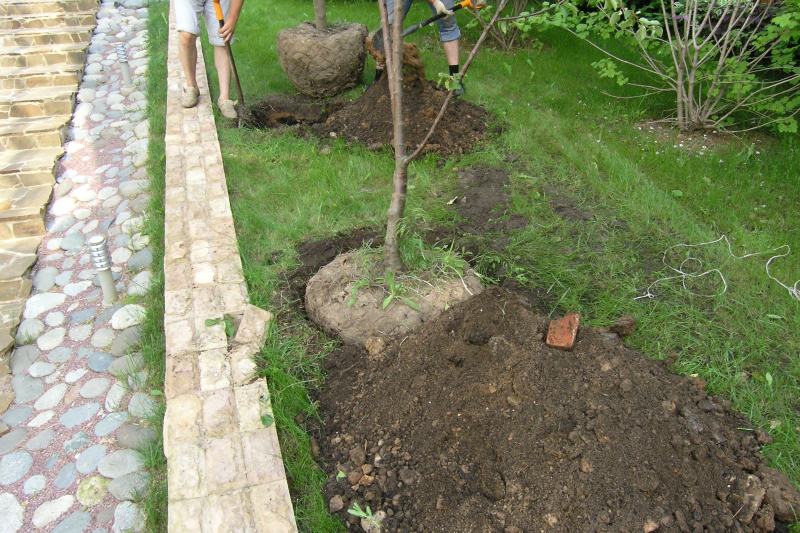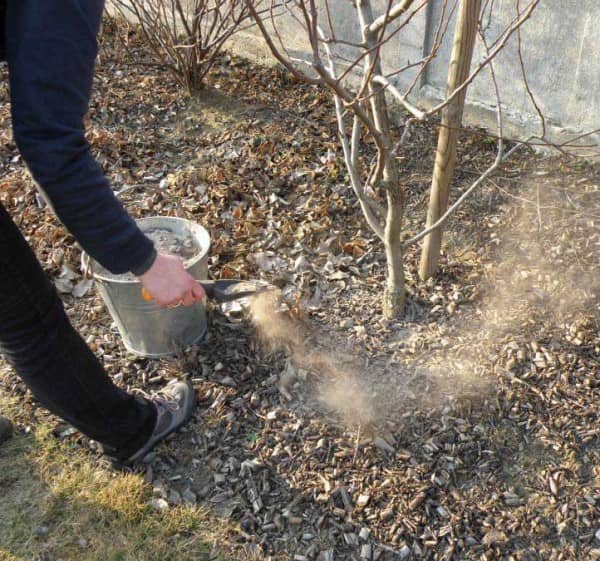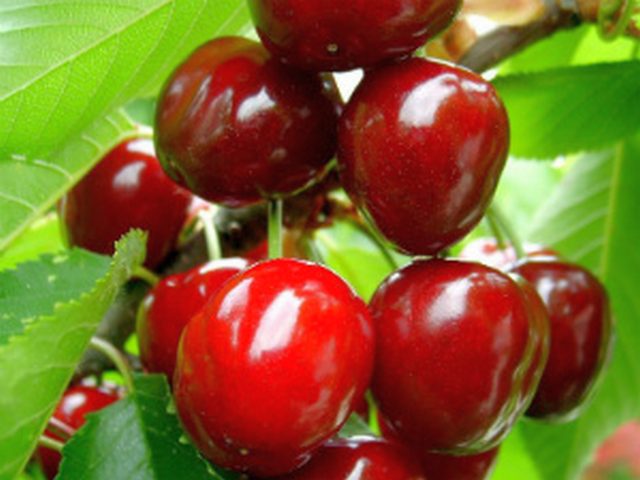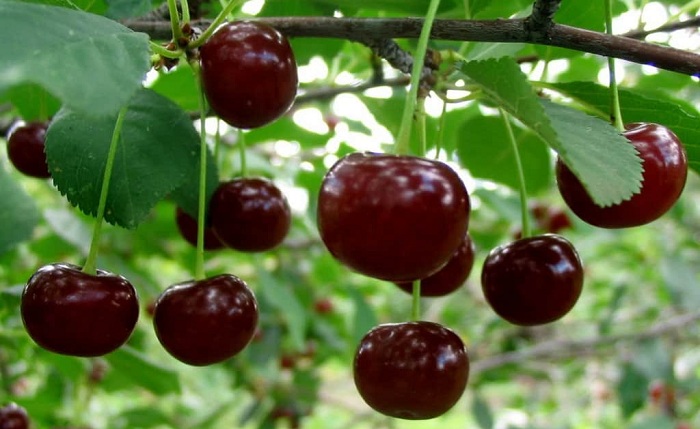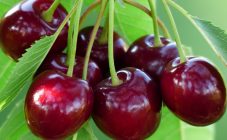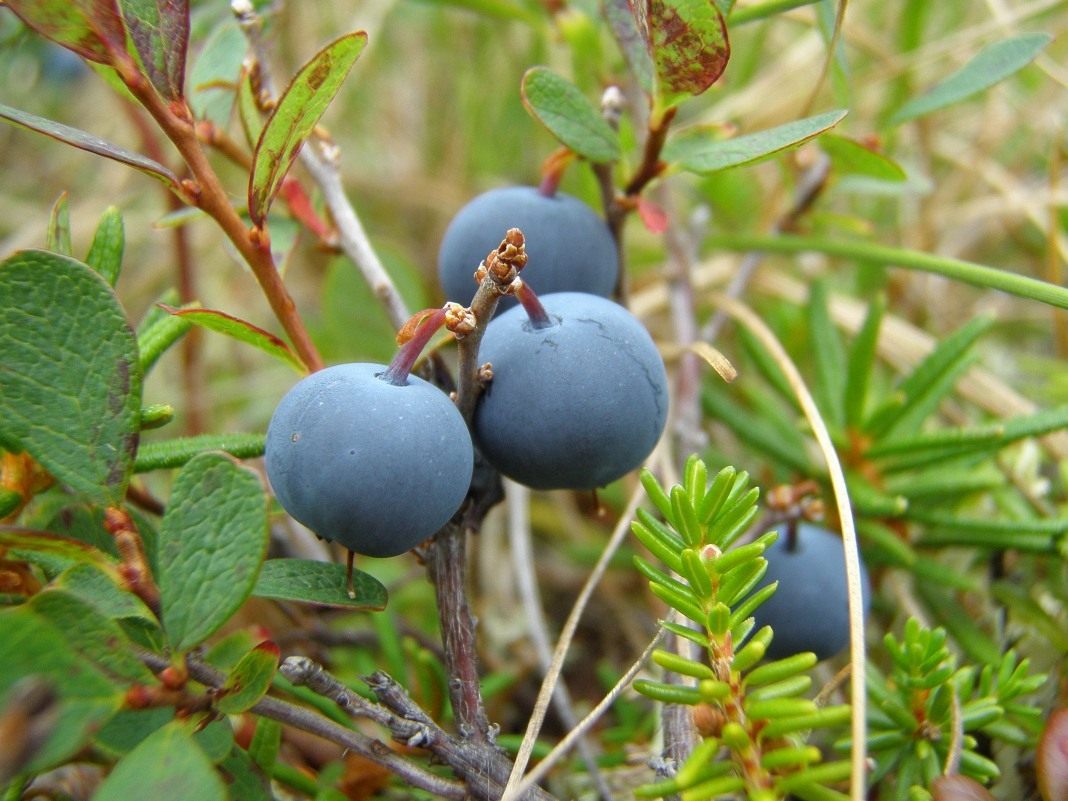Content:
Cherry is usually divided into 5 different types: ordinary, steppe, felt, sandy, Japanese (known as sakura). It is found both in the form of shrubs and full-fledged trees. At least 150 different varieties are known among gardeners, but there are not so many popular among them. Not all varieties are grown in Russia, giving preference to proven varieties and hybrids.
Among them deserve special attention:
- self-fertile varieties of cherries (Apukhtinskaya, Pamyat Yenikiev);
- early varieties of cherries (Shokoladnitsa, Shpanka, Molodezhnaya, Miracle cherry, Baby);
- medium-ripening cherry varieties (Vladimirskaya, Zhukovskaya, Kharitonovskaya, Turgenevka, Morozovka);
- late varieties of cherries (Lyubskaya, Schedraya, Malinovka) and others.
Many of them are adapted to the climatic conditions of central Russia. The height of their trunks ranges from 2-3 m. The weight of the fruits is from 2 to 5 g, the yield, depending on the variety, varies from 7 to 12 kg per tree. For the southern regions, northern regions, Siberia and the Urals, their own species and varieties have been created. For example, in the Moscow region, Griot of Moscow, Tamaris, In Memory of Mashkin, Cinderella show themselves well.
How to properly grow cherries
Self-breeding
The seed, or as it is called, the stone, is used in extremely rare cases for the propagation of cherries. The stone is used only to grow the stock. Experts advise using cuttings, root shoots or grafting for tree cultivation. But the best results, of course, are obtained by planting varietal seedlings purchased in specialized stores.
When using root shoots, before taking a branch from a cherry, the cutting is dug up at a distance of up to 150 cm from the mother plant. Next, the stalk needs to be dug in and grown until young shoots appear. After that, the resulting seedling is transferred to the place assigned to it.
The farmer needs to learn how to cut cherries so that they don't have any problems:
- In mid-June, in the morning, while there is no heat, prepare cuttings.
- The resulting specimens are soaked in water, the underdeveloped leaves are removed. Shoots 11-12 cm long are cut (each of them should have 4 leaves).
- Each specimen is planted vertically in a pot with fertilized soil. Deepen the end by 30 mm. If cuttings are planted in a box, then 70 mm segments are left between them. Everything is covered with a film.
- The pot is transferred to a well-lit place. The main condition is that the direct rays of the sun do not fall on the plants.
- After rooting, the shoots are hardened. Remove the protective film. Dripping in hybrids. Leave for the winter.
Cuttings begin to grow in the spring, transferring them to a permanent place.
Purchase and cultivation of cherry seedlings
Novice farmers want to know how to grow cherries from a purchased seedling.
To get the desired result, do the following:
- In the fall, they acquire a strong cherry stem. Its height should be at least 600 mm, and its diameter should be 20-25 mm. Then the landing pits are prepared.
- Choose biennial trees of the tree type, in which the length of skeletal branches is 50-60 cm. For the winter, the trees are buried in, covered with spruce branches so that they can endure the frost.
In order for a cherry hybrid to develop and bear fruit normally, you need the correct selection of soil and the location of the sprout:
- The soil should be neutral in acidity. Experienced farmers recommend planting in loamy drained, sandy or sandy loam soil.
- To reduce the acid factor, lime or dolomite flour (0.4 kg per 1 sq. M) is added to the ground. They dig the soil to a depth into the bayonet of a shovel, and then mix everything.
- It is forbidden to plant hybrids in the lowlands where the winds blow. Plants love well-lit places.
The optimal time for planting cherries is spring. In this case, you need to choose a time when the soil has already warmed up, but the buds on the trees have not yet blossomed.
A distance of 300 cm is left between cherry trees. If the variety is cross-pollinated, then 4 different types of hybrids need to be planted. If they are high, then the landing format is 250 x 300 cm, and with low bushes - 250 x 200 cm.
Planting seedlings
In the Moscow region and most regions of the country, garden cherry trees bring a crop for 2-3 years after planting.
First you need to plant the purchased cherry sprouts:
- A hole is dug with a diameter of 800 mm and a depth of 50-60 cm. The top layer of soil is placed separately, and then mixed with fertilizers and ash. Nitrogen solutions should not be added so that they do not damage the roots.
- Drive in a peg next to it, place the resulting mixture in a hole, straighten the roots of the seedling, insert it into place so that the neck of the root is 4 cm above the ground. This will prevent the plant from rotting.
- It is advisable to place the trunk of the cherry hybrid on the north side of the hammered peg, and, moreover, strictly in the vertical plane. It is sprinkled with a pile of earth. This helps both root the cherry and make it resistant to various diseases.
- A hole is made near the tree, along the edges of which rolls of earth are poured. Water is poured into it. Then they mulch the ground near the trunk circle with a peat or humus mixture. The sprout is tied to a peg.
Fertilizing and fertilizing cherries
Growing and caring for a cherry hybrid involves the application of fertilizers. This is done when the cherry tree begins to bear fruit. Organic mixtures are injected once every 2-3 years (manure). In the fall, the cherry tree needs phosphorus and potassium, and with the onset of spring it is given nitrogen fertilizers.
Fertilize the site with manure or compost, introduce mineral mixtures. For this, 14-15 kg of fertilizers are enough per 1 sq. m of sown area.
For the entire growing season of a fruiting cherry shoot, it is fed 2 times. Initially during flowering, and then after 15 days.
Watering is carried out after the appearance of flowers. The soil should be moistened by 0.4 m. In order not to increase the acidity of the soil, excess liquid is removed.
Formation of bushes and trees
Pruning a rapidly growing branch is carried out to reduce the density of the crown. This allows you to get large flowers and enlarged fruits. Any branch that extends 500 mm or more in length is removed. This helps to get rid of the exposed cherry branches.
Shaping the crown of a cherry tree is carried out immediately after the seedling began to grow upward. To do this, mark a 0.4 m long section on the trunk. Only 7 branches should be left above the mark. They are considered skeletal. They will grow evenly around the trunk in 3 tiers. On the first - 3 processes, on the second - 2, and above - a single branch. When the tree matures, their number will increase to 10. All other shoots growing inside the crown are removed.
Cherry does not take root
Novice gardeners are often interested in why cherries do not take root in the country. The biggest mistake is trying to plant the garden with the same type of cherry trees that cannot be pollinated on their own.
Among the most common reasons are:
- poor soil selection;
- unsuccessful arrangement of seedlings;
- incorrect selection of fertilizers.
Many summer residents are wondering when a cherry does not take root, what to do, what measures to take. To do this, it is recommended to check the acidity of the soil layer, and if necessary, pour lime under the trees. After that, seedlings of other varieties are acquired, planted in the garden. When cherry hybrids grow up, they break off small branches from them, put them in cups of water fixed in the crown of old trees. This helps them to pollinate.
How quickly a cherry grows depends on the care of the plant. If a person wants to quickly get a result at the lowest cost, then it is best to purchase homemade varieties of cherries that are already adapted for urban conditions. They grow on windowsills and have a shorter growing season. Before you breed cherries, you need to purchase the appropriate cutting. Such undersized hybrids (up to 1.5 m) show productivity in the range of 1.5-2 kg. The first harvest is brought in within 1-2 years. They respond well to mineral fertilizers.
Diseases and pests
Like all flora, house cherries can get sick. The plant has the following diseases:
- gum flow;
- rust;
- perforated spotting;
- fruit rot and gray.
For their prevention, special preparations are needed, since it is difficult to grow cherries from a cuttings and it is better to immediately monitor the health of a young cherry tree. Trees are treated every 3-4 years using a 3% solution of Nitrofen. The trunks are sprayed annually with compounds containing copper.
Garden cherry pests:
- mole;
- sawer larvae;
- aphid;
- hawthorn, lacewing, silkworm (caterpillars);
- weevil.
When these insects appear, plantings are sprayed with insecticides such as Tsifox, Inta-Vir, Mustang, etc. These drugs should be chosen, focusing on the annotation to the tool, which indicates which parasite it destroys.
Growing cherries on a personal backyard is possible only if all the rules for planting a cuttings are fulfilled, caring for them and protecting the plant from diseases and pests. If a person has taken into account all the nuances, then he can count on a good harvest.
